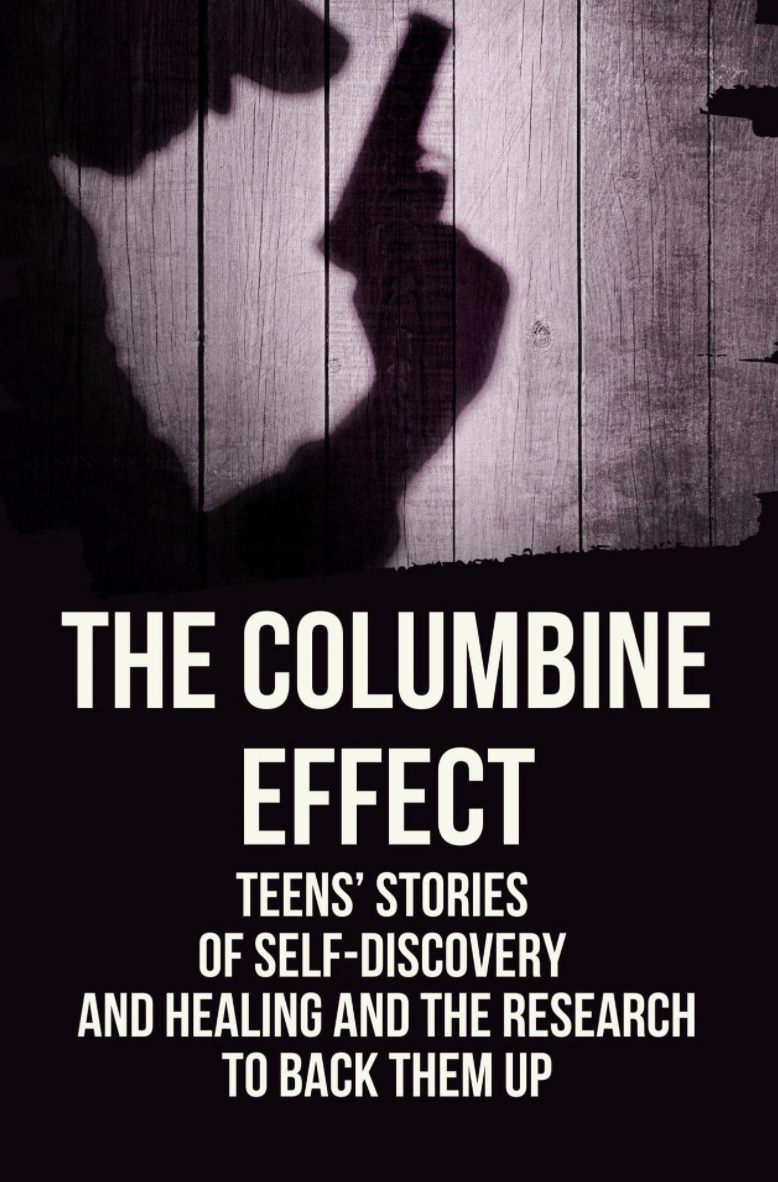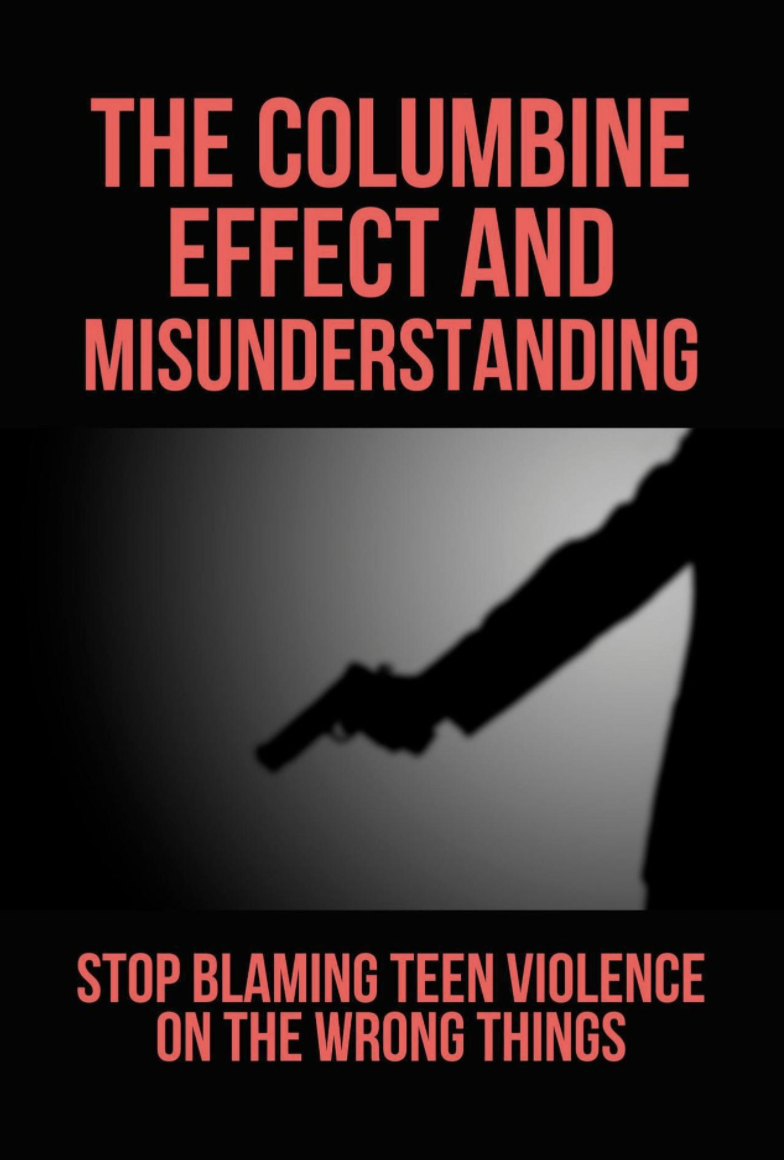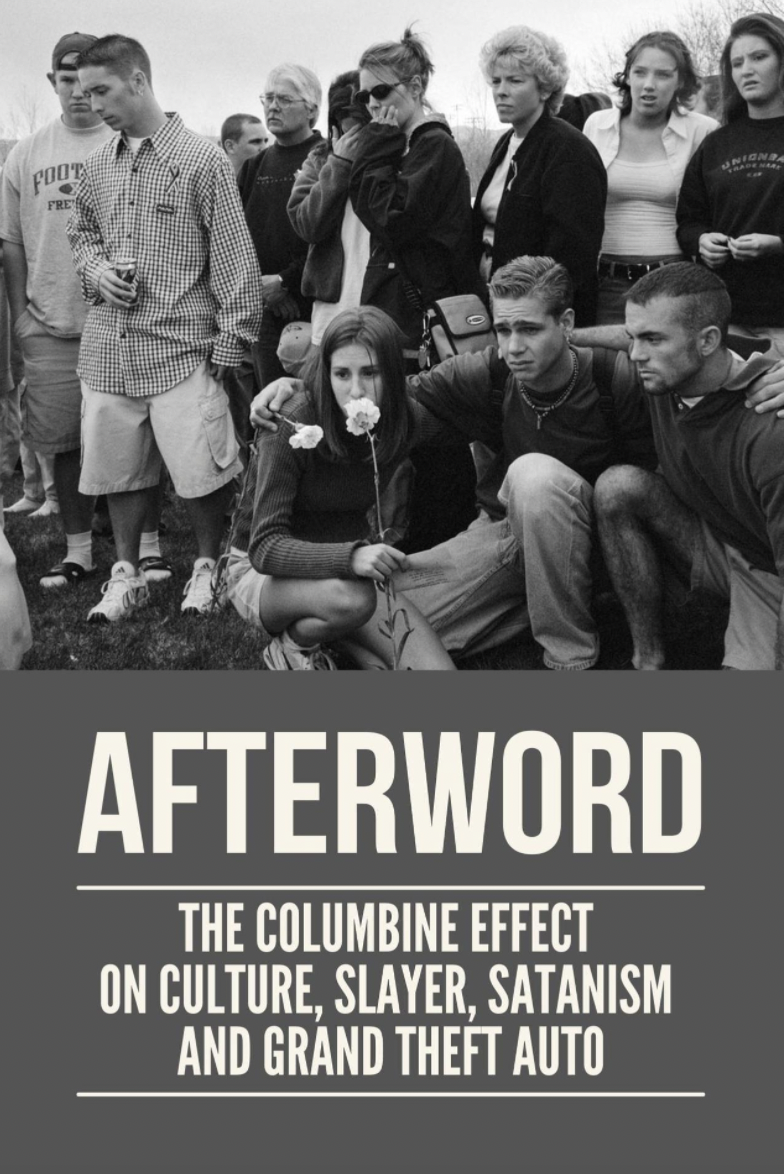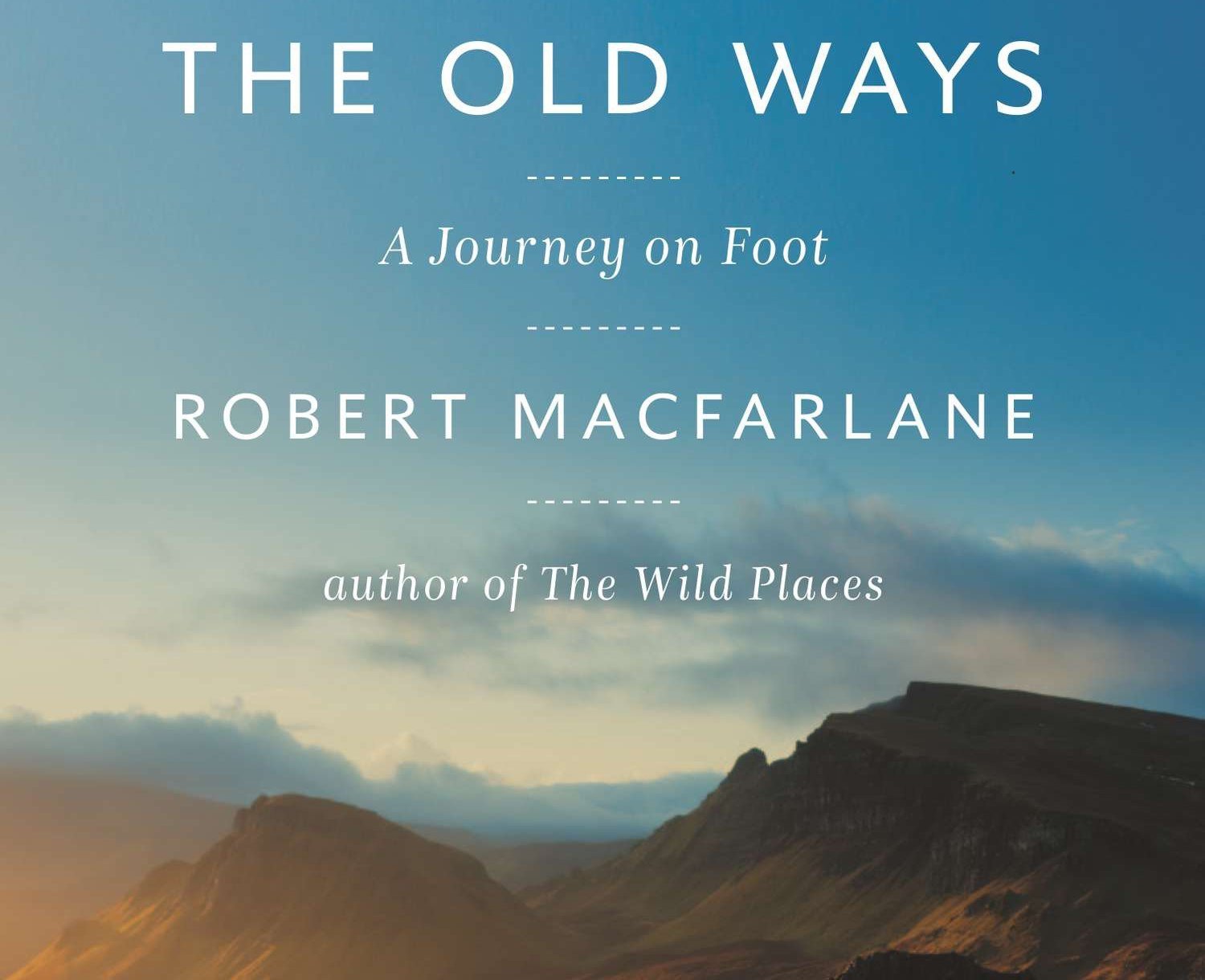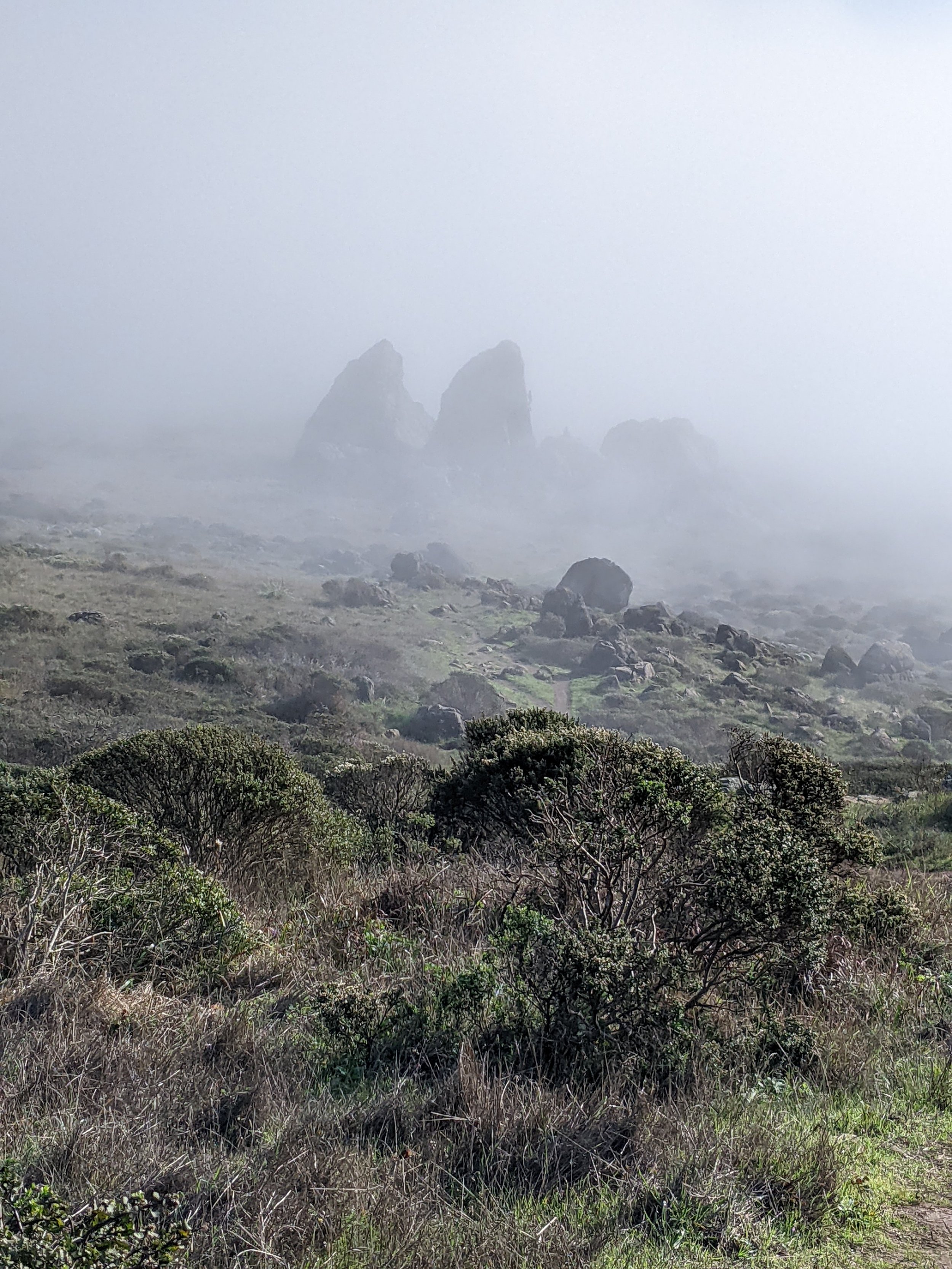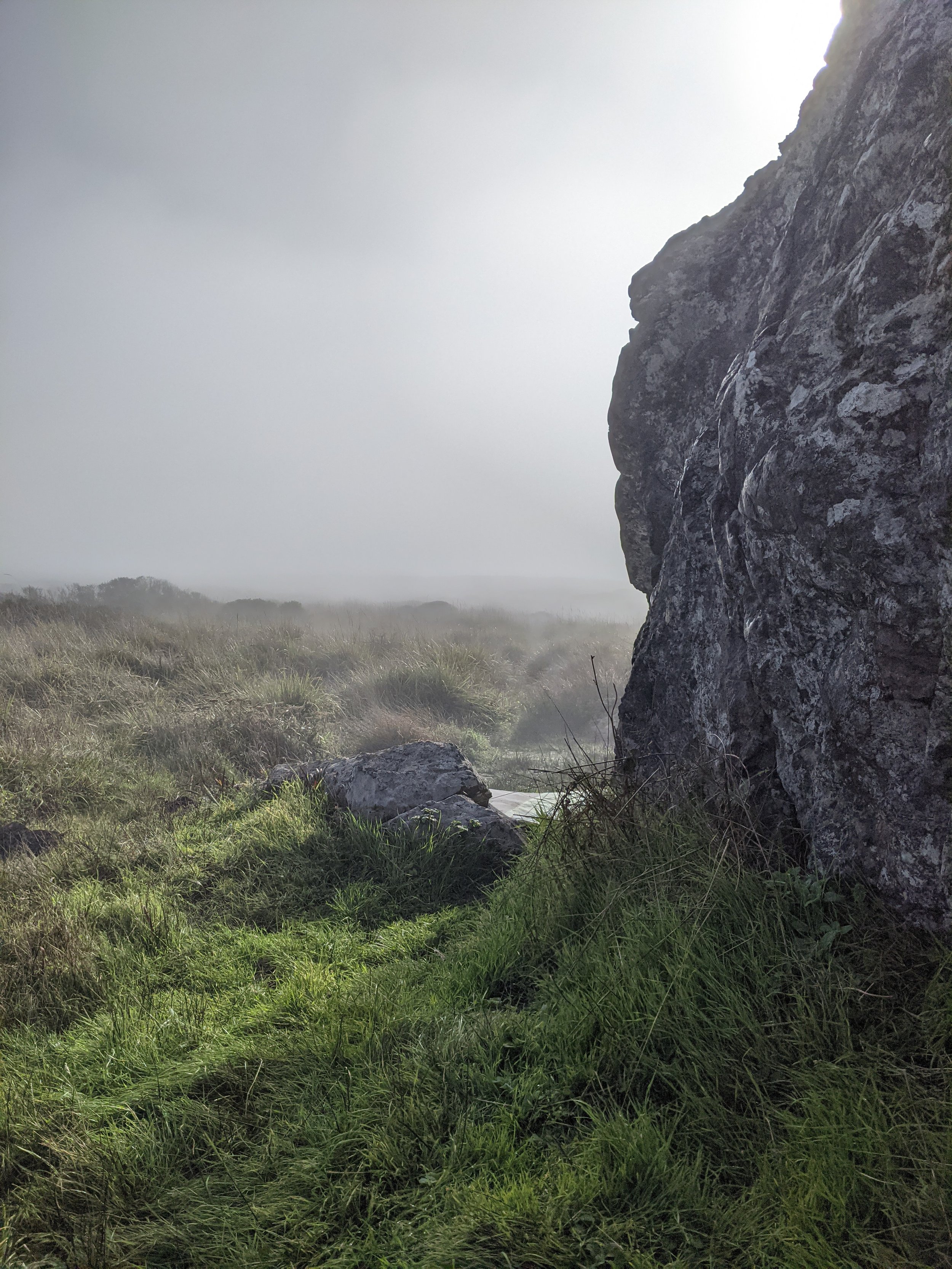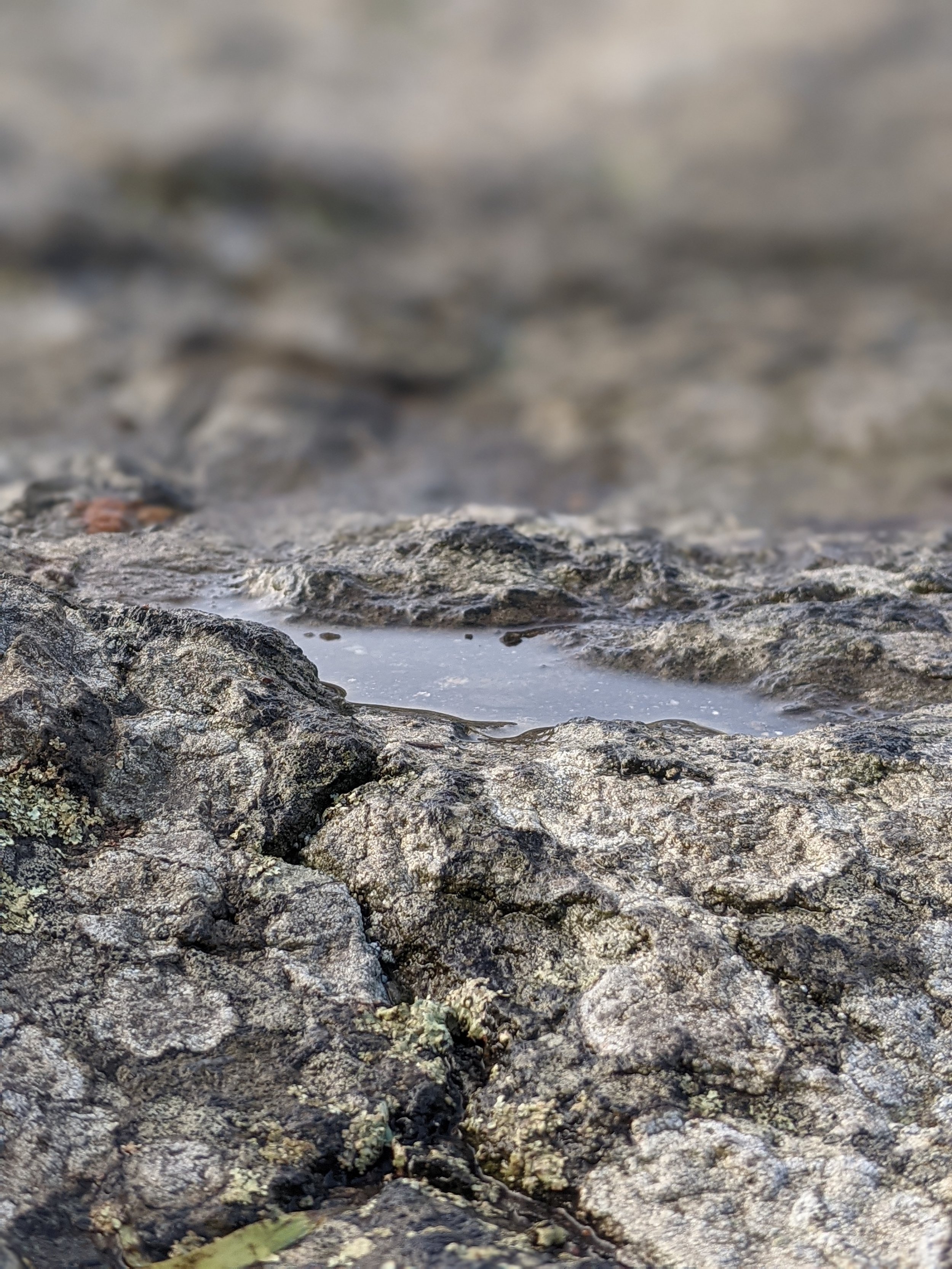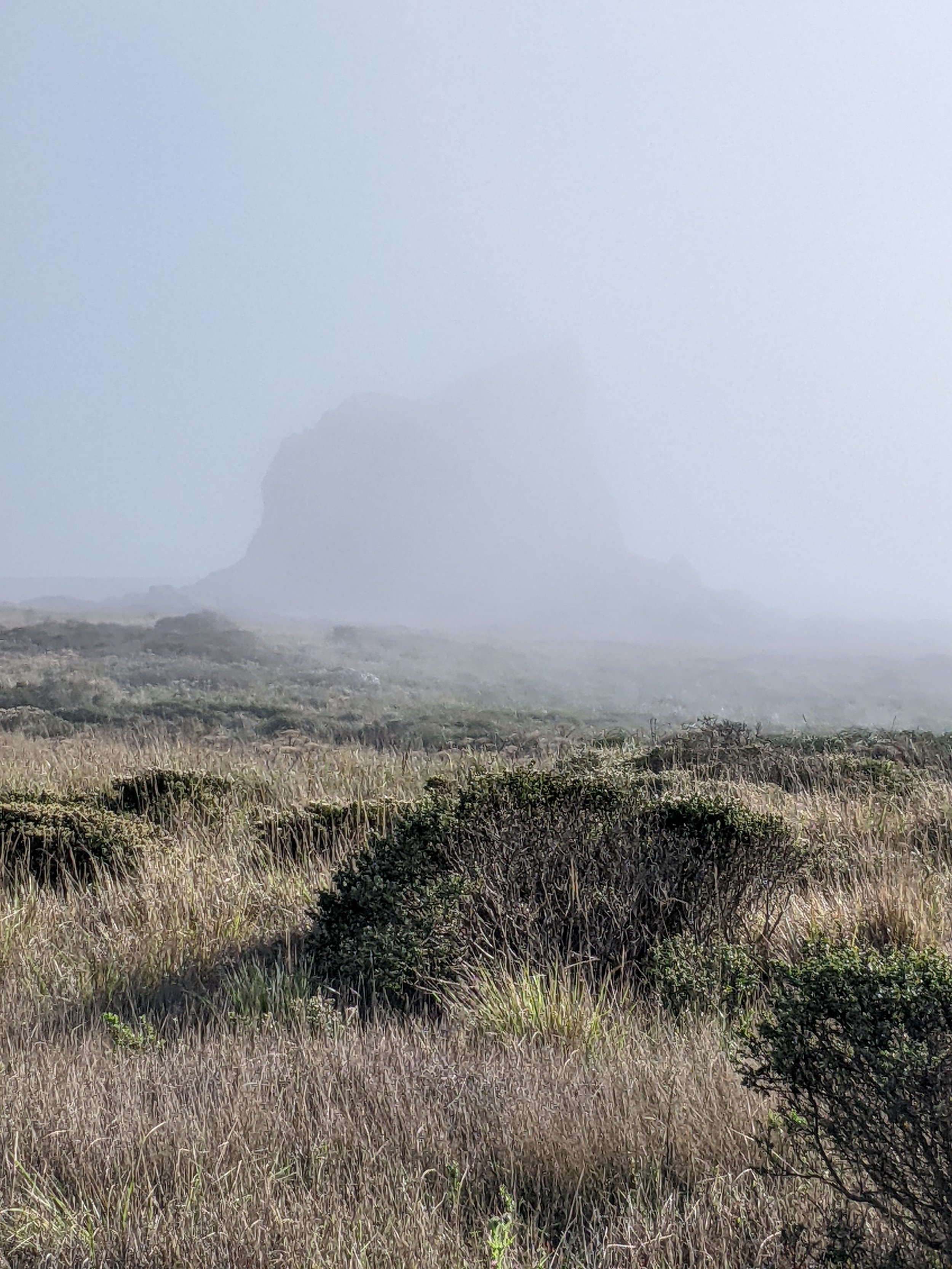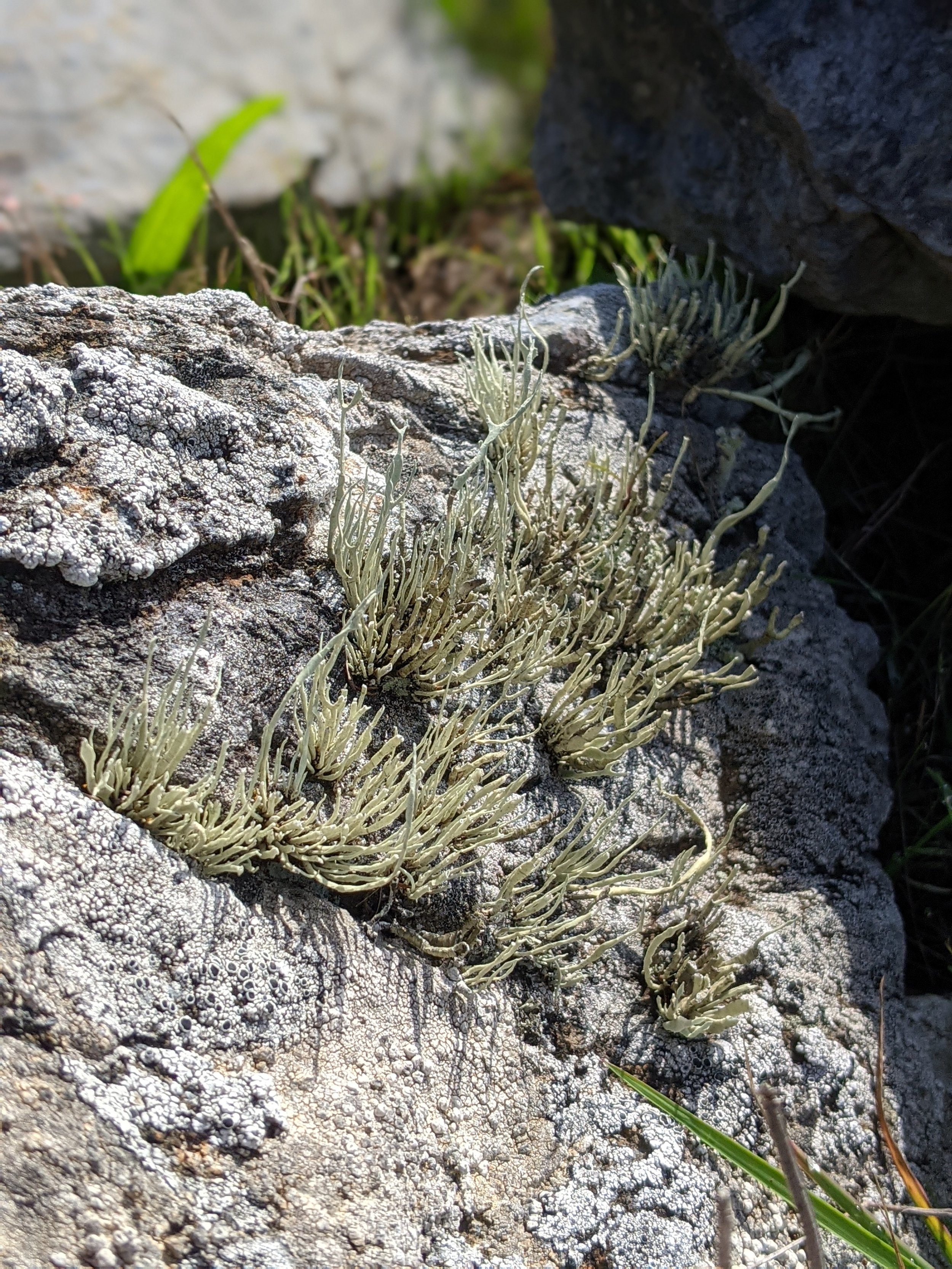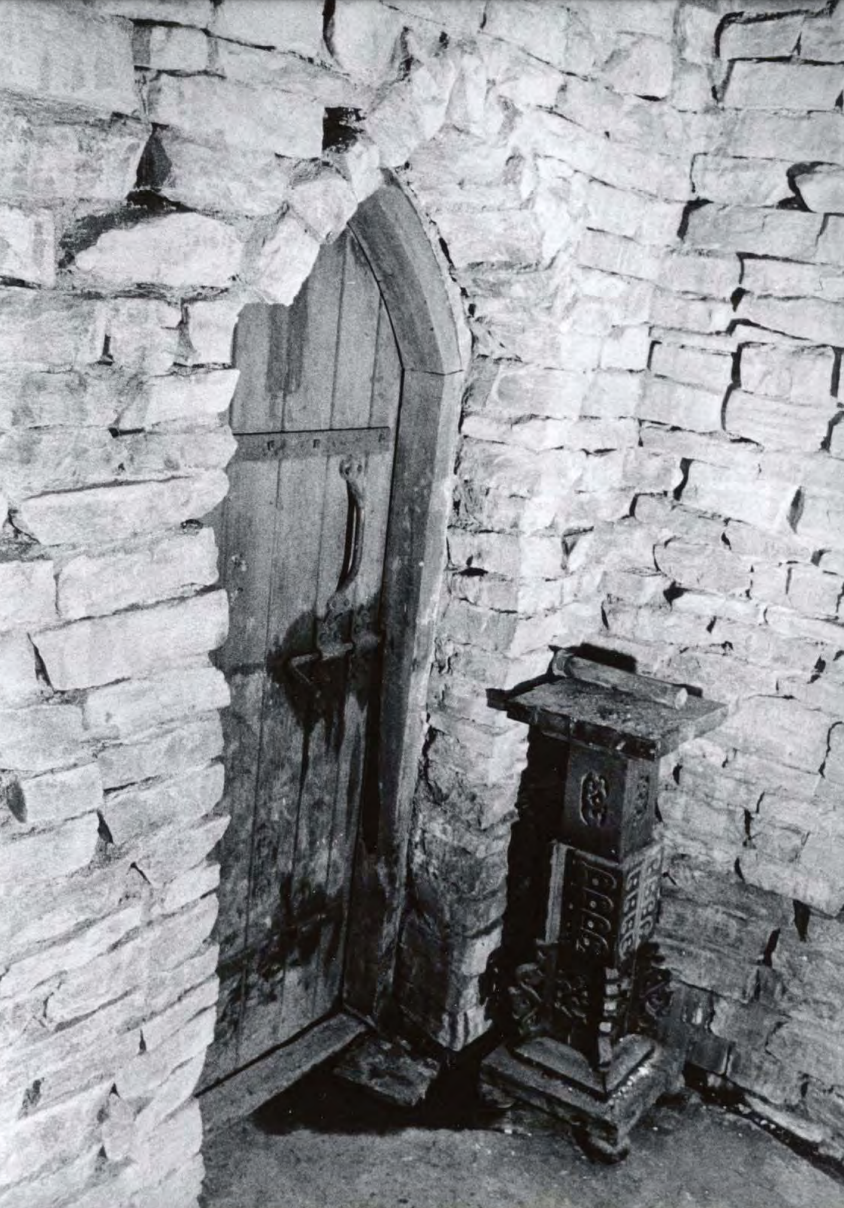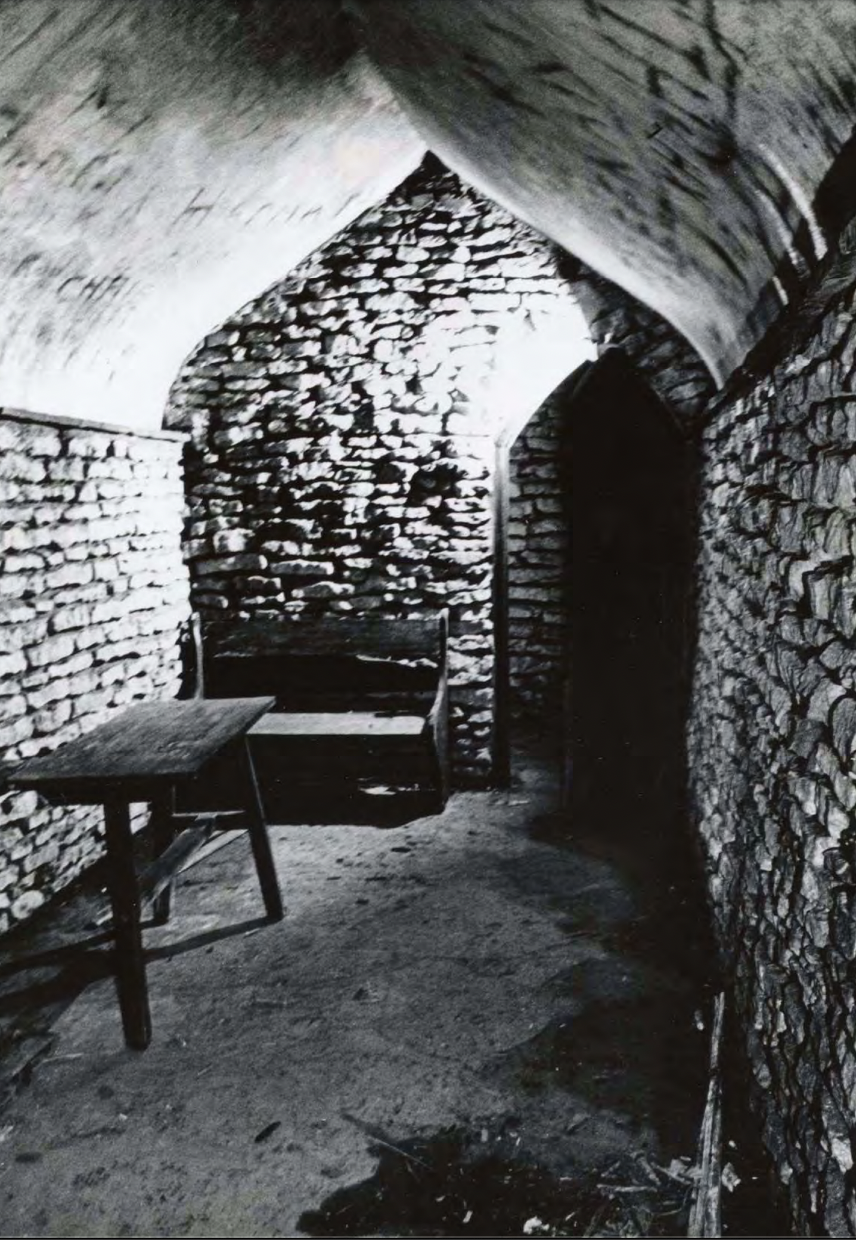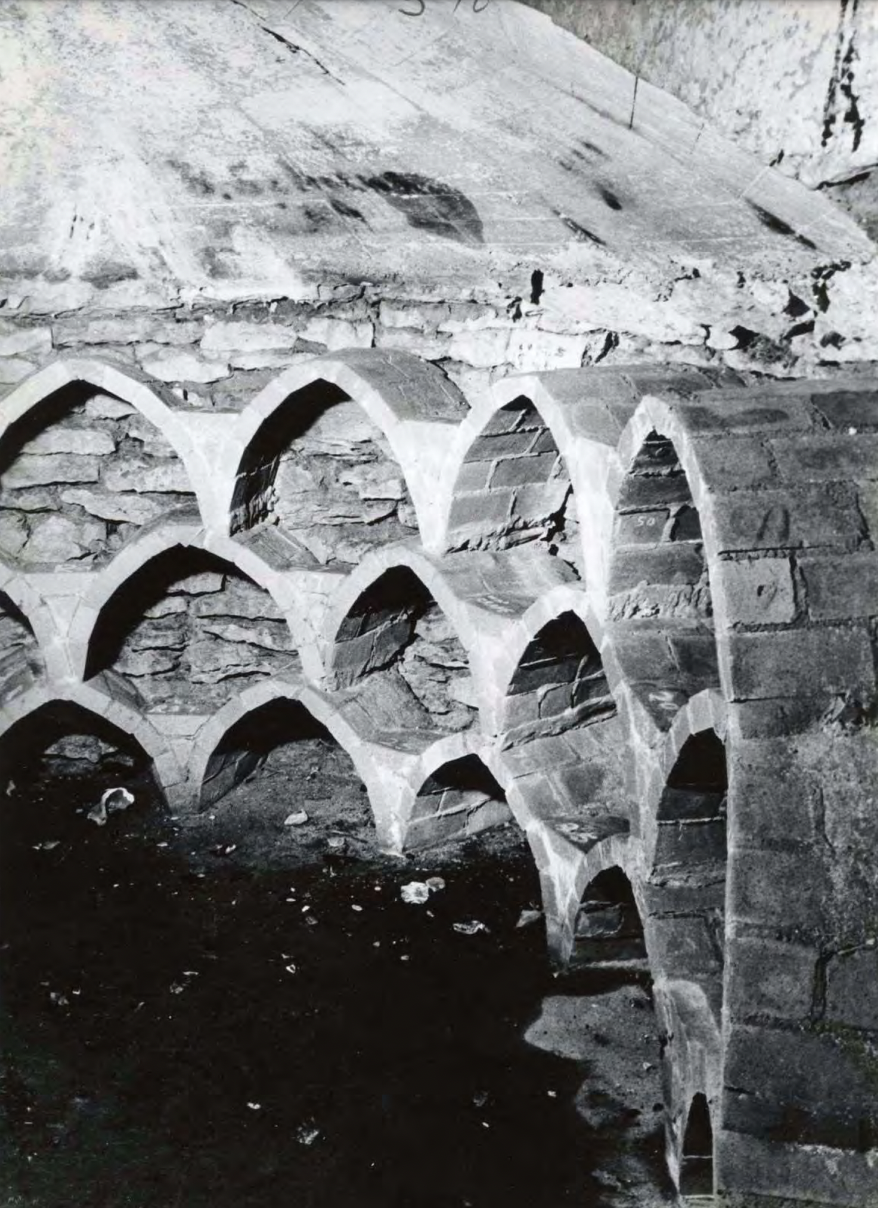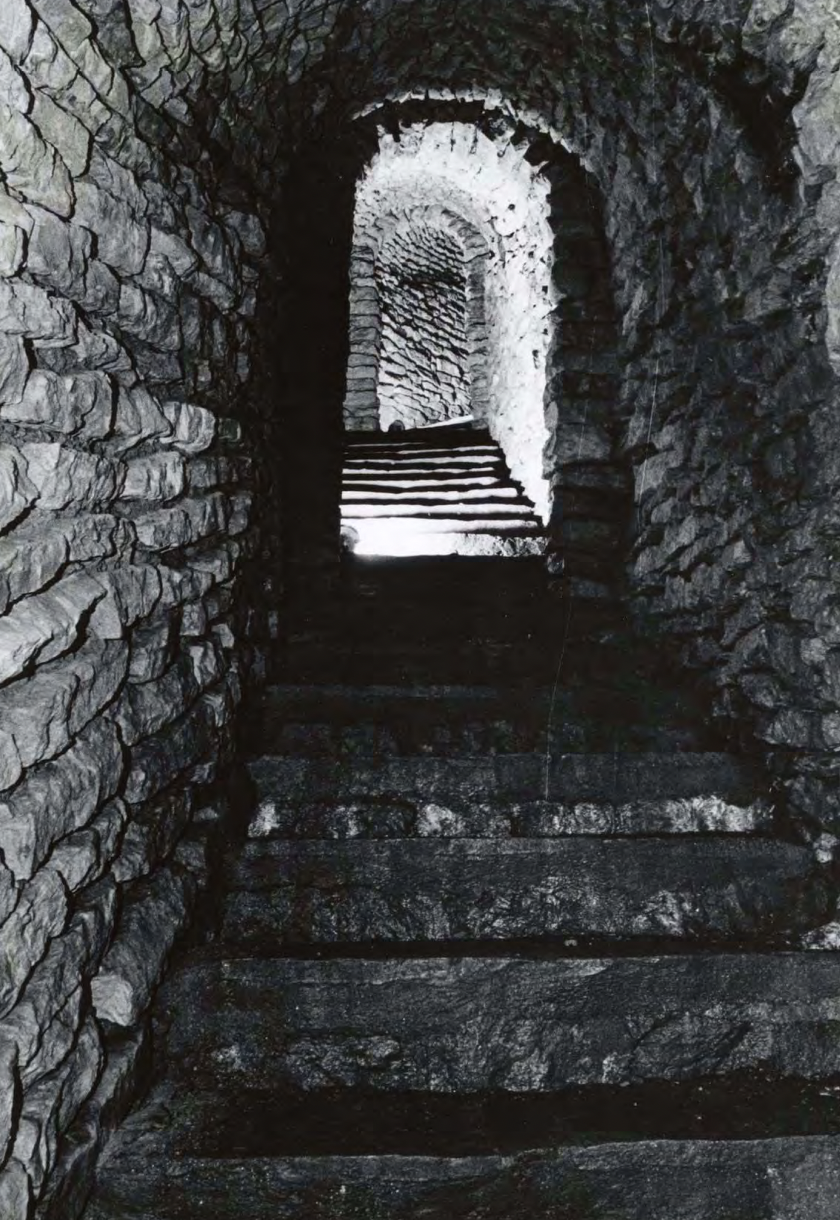Andrew Hozier Byrne, best known by his stage name, Hozier, inspires a kind of fan devotion that is intense, even for fan devotion. Aside from his megahit “Take Me To Church,” I was late in discovering his music (although I firmly believe that music, no matter how old, comes alive for us right when we need it), and fell in love not just with his songs but also the commentary on his YouTube videos. I once said on Twitter that fan comments on Hozier videos were my new favorite form of literature, and that remains true.
I love how these comments convey a passion so fervent that the rules of grammar and syntax break down. I love the mythology that has sprung up around him; that he is some sort of mythological forest creature, or an honorary lesbian. In several spots, there are lengthy comment threads about his hands.
As I promised back in December, in this post I’ve compiled some of my favorite comments on Hozier’s YouTube videos. I’ve also provided links to the videos. In some cases the comments will make more sense if you’ve watched the videos, but I wouldn’t blame you if you didn’t want to spend an hour watching them all. Then again, they’re all very, very good. I promise!
“In a Week”
“cute date idea: run away and get married in the woods, and then lay down and decompose together”
“This is song is like caressing my hair and cuddling me to sleep, without the promise of tomorrow”
“i love the way the irish can sing about decay and corpses and graves and the like with such incredible lusciousness. brings to mind sinead o'connor's, "i am stretched on your grave." buzzards, insects, foxes, ravens. so nice.
“Work Song”
“hosier said ‘fuck it i'll just invent love’ and then wrote this”
“‘Lay me gently in the cold dark earth; No grave can hold my body down, I'll crawl home to her’ GOOD LORD THIS LINE MAKES ME FEEL THINGS I DIDN'T EVEN KNOW I COULD FEEL”
“This song has so much of the energy as one of my favorite lines of poetry, ‘They asked “Do you love her to death?” I said “Speak of her over my grave and watch how she brings me back to life.”’”
“hozier, a straight man, has somehow perfectly nailed the feeling of gay yearning”
“The reason lesbians/bi women like hozier so much is bc he sings about women in a longing beautiful way”
“To Be Alone”
“i dont know what im feeling but ive never felt it more intensely”
“Love how gritty and dark this version is, feels like he's dragging you through mud and rocks back to his bog-shack while you're half-conscious”
If Hozier ever kidnaps me and takes me to a distant unknown bog surrounded by an endless forest, mind your own business and do not call the police
Raise your hand if you've fallen in love with Hozier and now you can't go back
“NFWMB”
“Whenever I meet a man I come here to remind myself that I deserve better”
“I'm a lesbian but I would die for this man”
“A rare video of Jesus playing guitar”
“I will never get over Hozier saying ‘honey.’”
“if love doesn’t feel like this then what’s the point”
“As it Was” (Uploaded to YouTube after a long absence from the public eye)
“the forest nymph is emerging back to life with little bread crumbs of music”
“Tell the Satyrs they don't need to look for Pan anymore, we found him”
“Andrew its 3AM and I'm sobbing”
“it’s 7am and im already crying”
“Please sir stop making me yearn this early in the morning”
“From Eden”
“Hoziers music: a gentle beat with some nice jazzy guitar. Hozier lyrics: innocence died screaming”
“Director: How slow-mo do you want this music video to be? Hozier: Yes”
“why does hozier’s songs make me nostalgic over memories that never happened”
“Whole Lotta Love” (Led Zeppelin Cover)
“so basically i just sat here with my mouth open the whole time...speechless.”
“When both your hands are trembling before you touch that guitar to play. O man, it's going down”
“Andrew is fire.”
“I'm pretty upset that I didn't get to hear Hozier sing ‘I'm gonna give you every inch of my love’“
“only hozier could make this song sound wholesome”
”Talk”
”Hozier using Greek Mythology references, the absolute AUDACITY of this man.”
“‘Imagine being loved by me’ THIS MAN KNOWS THE POWER HE HOLDS”
“‘Imagine being loved by me’ spaghetti is falling out of my pockets and I'm sweating buckets god that's so hot”
”’must talk pretty so lovely lady won’t know I have carnal desires ever at all’ our lesbian king returns in full force wow”
”This is what a level 20 bard sounds like ladies and gentlemen”





